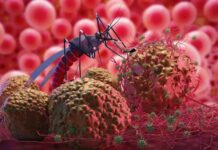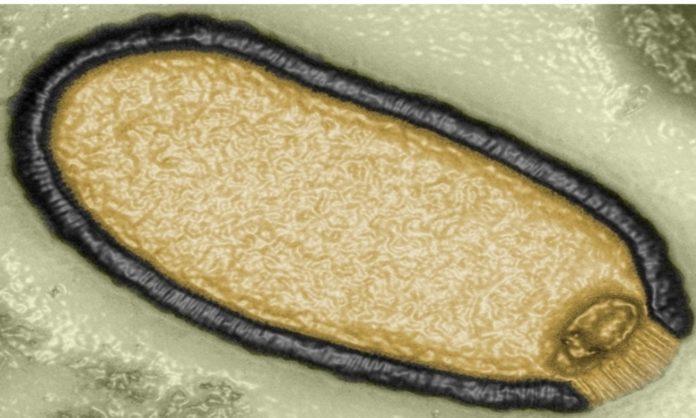Scientists have recovered a zombie virus from the permafrost in Siberia. The strains which are found to be 48,000 years old are tested on amoeba and according to scientists should be considered a public health threat.
Permafrost is a layer of soil, sediment, or rock that remains frozen for two or more consecutive years. It covers a significant portion of the Earth’s surface, including Siberia. Meanwhile, it can contain frozen organic matter, including dead plants and animals.
Zombie Virus In Permafrost
Viruses can survive in permafrost for extended periods, but they require a host organism to reproduce and spread. While some viruses have been recovered from permafrost, there is no evidence of a virus that can infect humans and reanimate the dead.
“You must remember our immune defense has been developed in close contact with microbiological surroundings.” Birgitta Evengård, professor emerita at Umea University’s Department of Clinical Microbiology in Sweden, told CNN.

“If there is a virus hidden in the permafrost that we have not been in contact with for thousands of years, it might be that our immune defense is not sufficient,” she added. “It is correct to have respect for the situation and be proactive and not just reactive. And the way to fight fear is to know.”
Read More: A ‘Living Medicine’ Can Now Treat Lung Infections
“We view these amoeba-infecting viruses as surrogates for all other possible viruses that might be in permafrost. We see the traces of many, many, many other viruses. So we know they are there. We don’t know for sure that they are still alive. But we reason that if the amoeba viruses are still alive, there is no reason why the other viruses will not be still alive, and capable of infecting their hosts.”
While the discovery of these ancient viruses is of scientific interest because they can provide insights into the evolution and history of viruses. The risk of these viruses causing harm to humans or other organisms is generally considered to be low. Since they are adapted to ancient hosts and environments, and may not be able to infect modern organisms. Nonetheless, researchers take appropriate precautions to ensure that these viruses are safely handled in the laboratory.
Read More: This New Disease Is Linked To Ingesting Pollution
Stay tuned to Brandsynario for the latest news and updates.










































